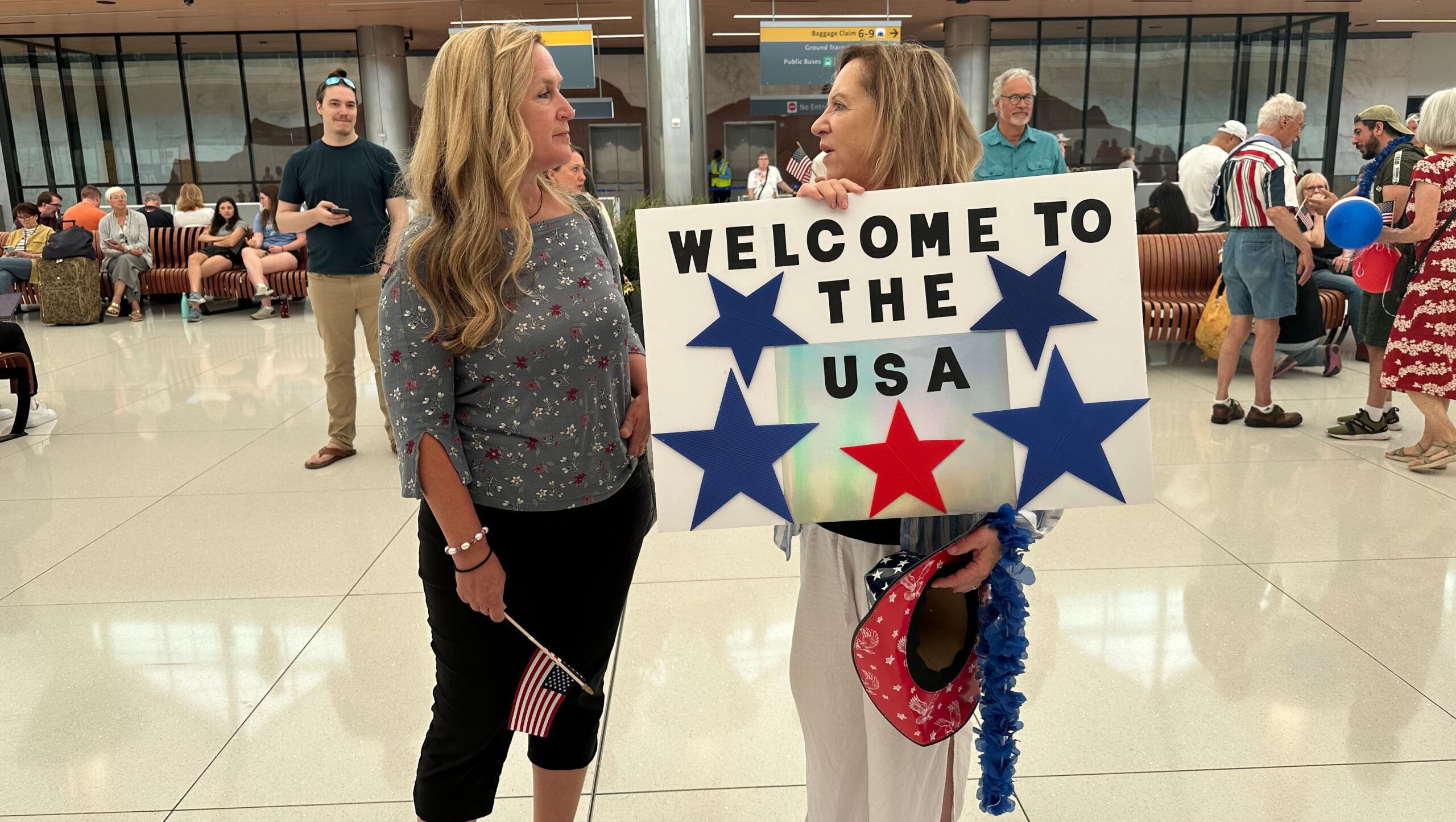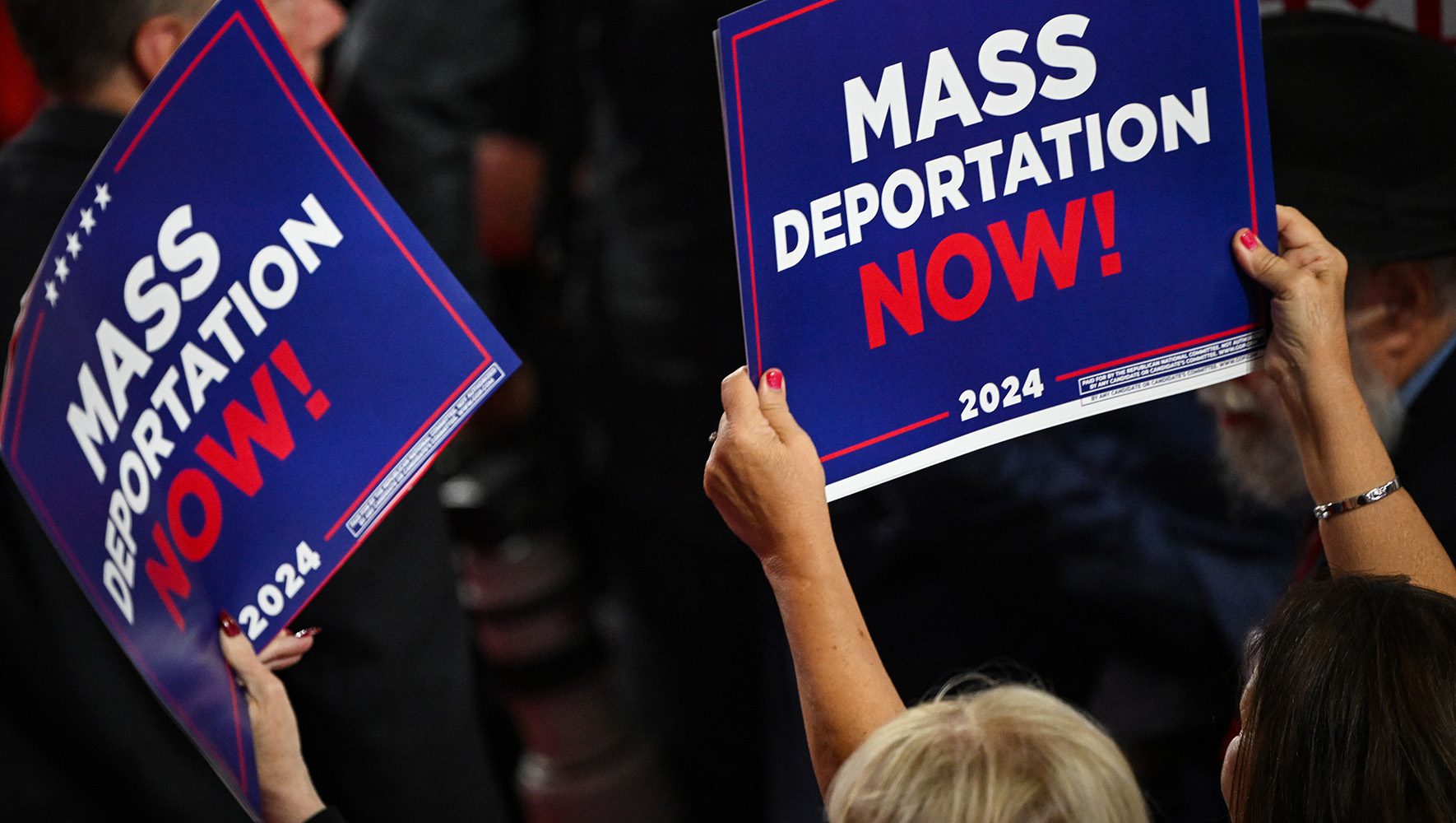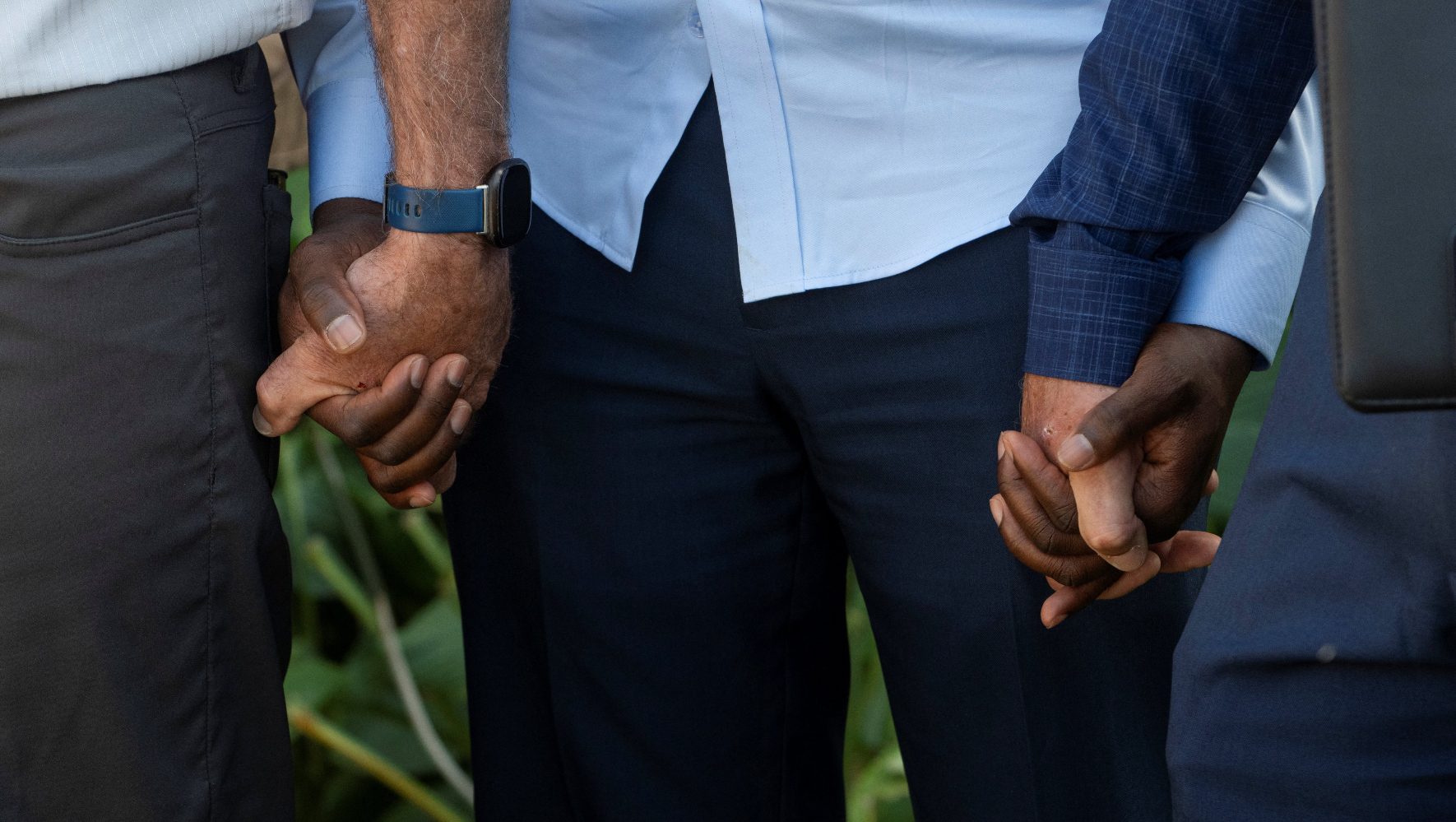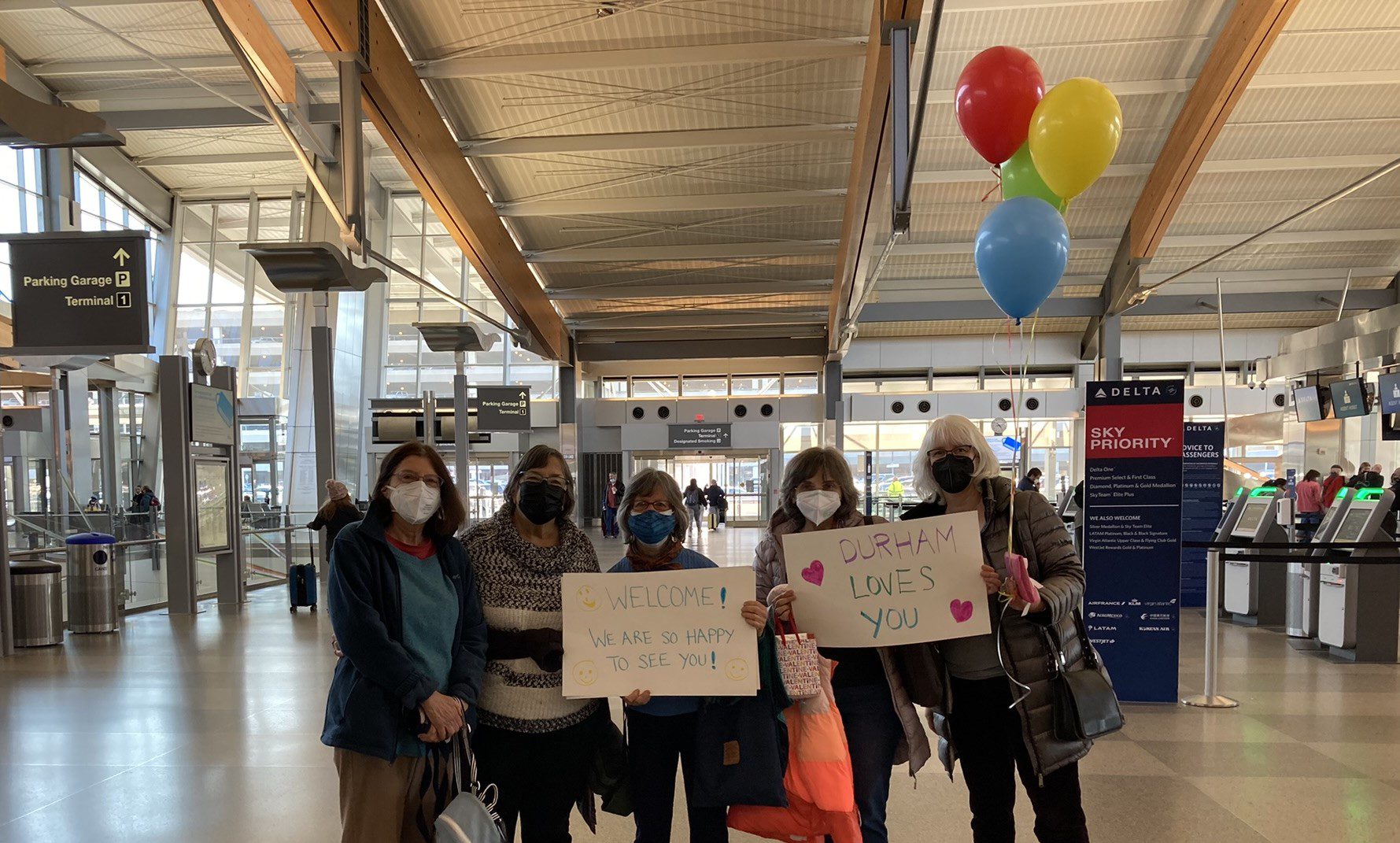Keeping Up the Fight to Protect the Rohingya Fleeing Myanmar
By Naomi Steinberg, Senior Director for Policy and Advocacy
Apr 16, 2018

A Rohingya refugee child waits in a relief distribution point at Kutupalong refugee camp in Bangladesh's Ukhia district on April 9, 2018.
(Munir Uz Zaman/AFP/Getty Images)
We first wrote about the current Rohingya refugee crisis in October of last year.
It would be wonderful to be able to say that in the intervening months, the situations for the Rohingya in Burma and Bangladesh have improved. That is not the case though.
People are still fleeing. The violence continues, and those who have stayed behind are now also experiencing forced food shortages. Villages that were razed have been taken over by the Burmese military. The military also built a border fence between Burma and Bangladesh and littered the border region with land mines, making an already perilous journey to Bangladesh even more dangerous. To put it simply, there is no safe place yet in Burma for Rohingya.
In August 2017, the Burmese military and armed militias began an ethnic cleansing campaign targeting the Rohingya community. Almost 750,000 men, women and children were forced to flee to Bangladesh as their villages burned behind them and their friends and families were raped and murdered before their very eyes.
While the surge in violence in August marked a dismaying low point, this most recent Rohingya displacement follows decades of persecution in Burma. The Rohingya were stripped of their citizenship in 1982, and the most basic human activities that so many of us take for granted have long been severely restricted or denied altogether. The right to work or access health care. Travel where and when one wants. The ability to marry the person one choses.
Combined with the more than 300,000 refugees who were already in Bangladesh, there are now more than one million Rohingya living in squalor in overcrowded camps in Bangladesh.
They are all now safe from murderous rampages, but they have not found a lasting sense of security or durable solutions that would allow them to either voluntarily return to Burma in safety and dignity; integrate into Bangladeshi society; or, for a very small number, start their lives anew in resettlement countries around the world.
As possible repatriation plans and humanitarian aid budgets are debated, Rohingya refugees are facing another life threatening challenge: monsoon season. The UN refugee agency estimates that at least 150,000 Rohingya refugees are at risk due to the high possibility of flooding and landslides in the very near future.
HIAS is a founding member of the Jewish Rohingya Justice Network, a coalition of Jewish nonprofits advocating for the rights of the Rohingya.
Last week’s Rohingya Justice Shabbat, organized by the Network, was a unique and important opportunity for congregations around the country to learn more about this refugee crisis and what can be done in response.
In addition, HIAS continues to advocate that resettlement must be a viable option for those for whom returning to Burma or staying in Bangladesh will never be possibilities. The United States has historically led in resettling Rohingya refugees, and now is not the time to stop.
We must tell our elected officials that, as the American Jewish community knows all too well, we cannot afford to again turn our backs on those attempting to flee ethnic cleansing. We must not repeat that tarnished history. Welcoming Rohingya refugees is not only the urgent thing to do, it’s the right thing to do.
To access the information that was shared during last week’s Rohingya Justice Shabbat, check out the resource guide.To urge Congress to resettle more refugees in the United States, click here to take action.





